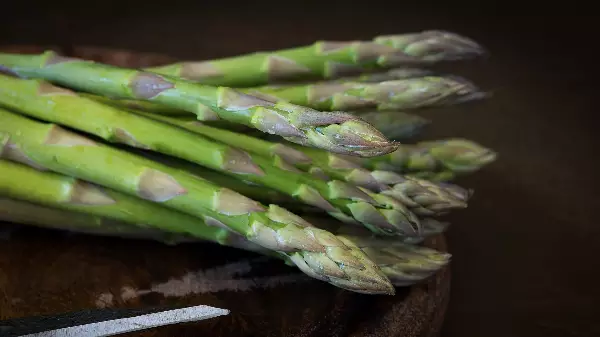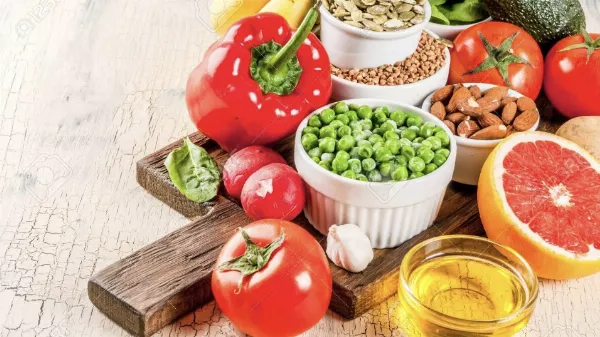What Is The Healthiest Way to Cook Vegetables?
Vegetables are the principal source of many vitamins, minerals, and antioxidants in your diet. Healthcare experts recommend a suitable dose of green leafy vegetables every day for a healthy body. It is important to eat vegetables but the methods used for cooking them determine the actual nutrient delivery to your body.
Here Is A List Of Some Of The Common Cooking Methods:
- Boiled Vegetables
Many cultures around the world prefer to boil the vegetables while cooking. Boiling vegetables is a healthier option compared to frying. This way you can preserve vitamin C in your vegetables. It can also preserve carotenoids in Zucchini and even enhance them in carrots and broccoli. However, boiling can pull out many nutrients from vegetables into water. A simple hack here is to drink the water after straining to ensure getting vitamin C, vitamin B, and folate.

- Steamed Vegetables
The best cooking methods are the ones that have shorter cooking times, low temperatures, and minimal use of liquids. Steaming is a healthy way of cooking that conserves most of the essential nutrients in the vegetables. It is a pretty gentle way to cook food. The vegetables do not come in contact with water directly and the temperatures are also controlled. Steaming in metal or wood-based utensils help retain important antioxidants such as polyphenols. Few studies show that steaming of broccoli locks the cancer-fighting agents, glucosinolates in it.

- Microwaved Vegetables
Microwaving your vegetables can be the quickest cooking technique. A microwave uses very low or sometimes no water to cook vegetables! An important nutrient in vegetables is vitamin C. This nutrient gets destroyed when exposed to extreme heat. While microwaving the vegetables get heated from within and this helps in preserving vitamin C in them. Phytonutrients are important compounds found in plants that are known to boost immunity. Microwaving does not destroy these phytonutrients.

- Roasted or Grilled Vegetables
Roasting or grilling can infuse amazing flavors in vegetables. Roasting is usually done with a spread of olive oil. Yes, the roasted vegetables tend to lose some of the nutrients but the nutrient loss also depends on the vegetable type. Roasting gives the best results with green beans, asparagus, broccoli, celery, onions, Swiss chard, and onions. These vegetables maintain good antioxidant levels even after roasting. However, vegetables such as green peppers lose most of their nutrients. The levels of the antioxidant, lycopene, in tomatoes, are actually enhanced by roasting. Lycopene can fight many deadly diseases. Alzheimer’s, cancer, and diabetes are to name a few. The oven temperature, time of roasting, and vegetable family determine the development of unique flavors. The roasted vegetables with balsamic vinegar turn acidic and have a punchy taste.

- Saute
Undoubtedly, sauteing is a better choice than frying. In deep-fried vegetables, the high fat from the oil penetrates into the vegetables and essential moisture is lost. Sauteing vegetables with olive oil ensures nutrient retention. Vegetables contain many fat-soluble vitamins. Sauteing helps in coating these vitamins with a layer of healthy fat. This results in better nutrient assimilation in the stomach. Olive oil is a great choice to saute as it has the highest levels of phytonutrients and antioxidants amongst all the cooking oils. Its smoke point is also lower than the canola and coconut oils.

- Fried Vegetables
Frying is probably the worst method to cook vegetables. It destroys almost all the vital nutrients. Vitamin C, Carotenoids, and polyphenols significantly decrease in fried vegetables. Fried foods also contain trans fats, saturated fats, and excess sodium.
So , it is quite clear that there is no single method that can be termed as the best. Every cooking technique has its own merits and demerits. It is advised to practice cooking with all the above techniques in rotation to reap the maximum benefits.
, it is quite clear that there is no single method that can be termed as the best. Every cooking technique has its own merits and demerits. It is advised to practice cooking with all the above techniques in rotation to reap the maximum benefits.
updates?










0